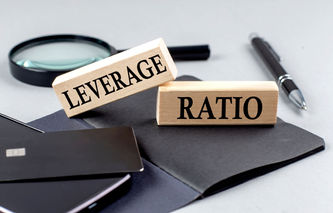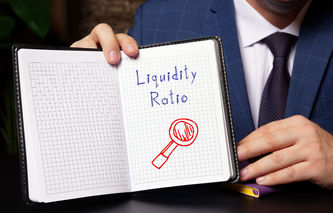Definition
The interest coverage ratio measures a company's ability to meet its debt obligations using income generated by the business. This ratio only requires two inputs, operating income and annual interest expense, both of which can be found on the company's income statement.
Calculation
Interest Coverage Ratio = Operating Income / Annual Interest Expense
Note: Income Before Interest and Taxes can be substituted for Operating Income.
Explanation
Interest coverage ratio, or interest coverage, is another name for times interest earned. Investors, analysts and creditors are interested in this measure, since it is a good indicator of whether or not a company will be able to meet its future interest obligations using income generated by continuing operations.
As a general rule, the interest coverage ratio should be around 3 or higher. If this ratio falls below 1.5, it is an indication that a company may have difficulty making payments to creditors. If the ratio falls below 1.0, the company is not generating enough income to make its interest payments, and the company is at risk of defaulting on its loans.
When drawing conclusions about the relative performance of a company, benchmark comparisons should be made with competitors in the same industry.
Example
Company A's income statement indicates earnings before interest and taxes of $6,217,000 and interest expense of $186,000. Company A's interest coverage ratio would be:
= $6,217,000 / $186,000, or 33.4


